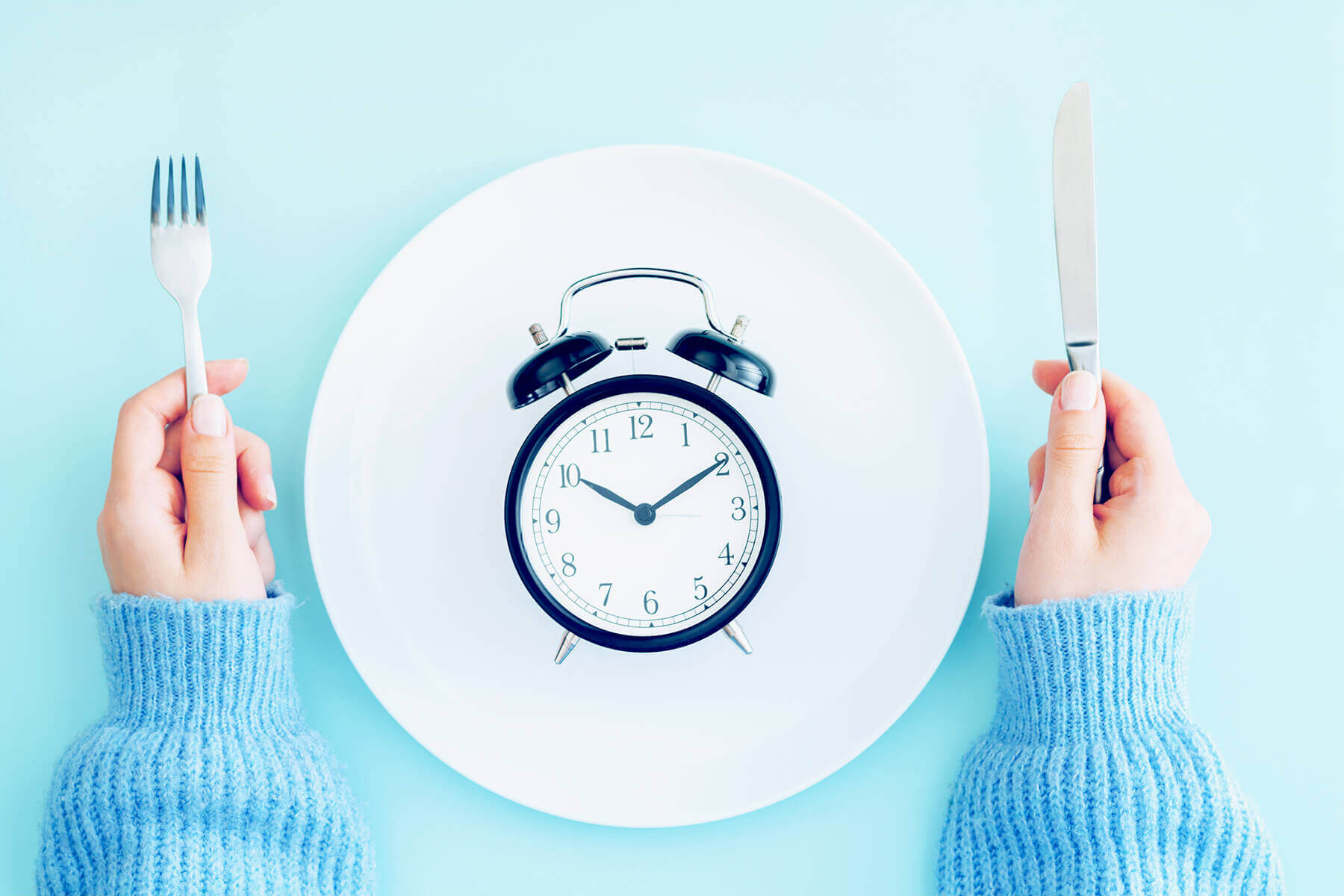Does sticking to a shorter eating window improve weight loss outcomes when calories are controlled?
Overview
What did they test? The researchers compared the effects of adhering to an Early Time Restricted Eating (TRE) protocol that included consuming >80% of calories before 1 pm and consuming all food between 8 am and 6 pm vs. an alternative schedule where food was consumed between 8 am and midnight and >50% of calories eaten after 5 pm.
What did they find? They found no difference in weight loss between groups. There was a small improvement in fasting glucose in the group who followed the TRE protocol, but the changes were not significantly different between groups.
What does it mean for you? This adds to the research showing little to no unique benefits of various Time Restricted Eating protocols. Restricting the eating window likely has little influence on health. Personal needs and preferences should be prioritized.
What’s the problem?
Purpose:
Traditional advice to reduce calorie intake hasn't succeeded in curbing the obesity epidemic. Recent research has shown that TRE may be a beneficial strategy for promoting weight loss and improving cardiometabolic health.
However, it is currently unclear if the benefits of TRE are due to alterations in the feeding window or if they are a consequence of a reduction in energy intake. Therefore, the purpose of this study was to examine the effects of an early TRE protocol on weight loss when compared to eating the same foods in an unrestricted feeding window.

Hypothesis:
Restricting the eating window to 10 hours and consuming the majority of calories early in the day would improve weight loss and glucose control vs. an unrestricted eating window where most of the food was consumed in the later part of the day.







